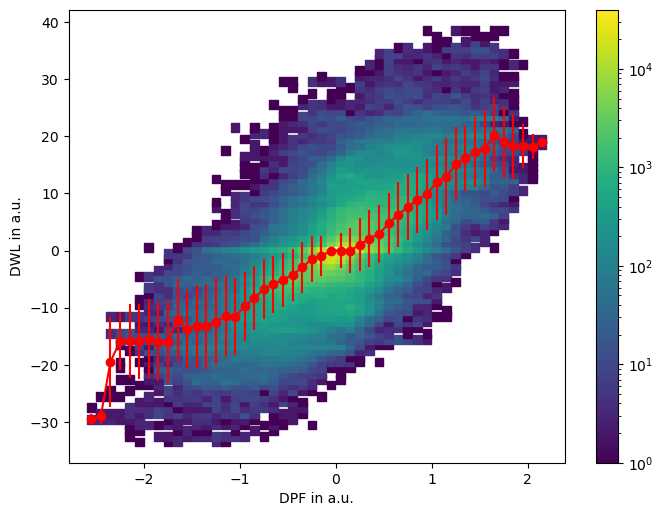Correlation of adaptive MLC changes and predictions based on Radon-projections of dose distributions
PO-1879
Abstract
Correlation of adaptive MLC changes and predictions based on Radon-projections of dose distributions
Authors: Patrick Kessler1, Paul Käthner1, Kerstin Kirschbaum1, Klaus Bratengeier1
1University Hospital Wuerzburg, Radiation Oncology, Wuerzburg, Germany
Show Affiliations
Hide Affiliations
Purpose or Objective
To quantify a method, which promises the quick adaptation of VMAT plans, based on the Radon transformation of dose distributions and the corresponding field shapes.
Material and Methods
The principal idea is as follows: For an original CT based geometry of PTV and OAR an original VMAT plan is created. Then, on a second CT, the patient’s anatomy changed resulting in a deformed geometry. A VMAT plan for the deformed situation is created. Subsequently, a filtered Radon-transformation of the original and the deformed dose distribution leads to the so-called Pseudo-Fluence (PF) for each gantry angle. The difference of both projections (DPF) is compared with the MU-weighted difference of leaf positions (DWL) of the MLC.
The 1st planning CT of 5 patients with prostate cancer where compared with 2nd CT's of the same quality that had to be made at a later stage of the treatment due to anatomical changes. 100 optimization steps were made on the original CT then two different plans were optimizes: (1) additional 100 optimizations on the original CT (200 in total) and (2) 100 additional optimization steps of the original plan on the 2nd CT (100 + 100 on original CT + CT 2). Both dose grids were subtracted, filtered and Radon transformed at each control point (DPF). The different MLC openings were MU weighted and also subtracted from each other (DWL). For each pixel of the DWL the corresponding DPL pixel is correlated using cross correlation.
Results
In the figure below the DWL in dependence of DPF is shown (in arbitrary units). The colours indicate the number of pixels. In the center at 0,0 are the most pixels since no DWL should result in no DPF. In red the mean and its standard deviation of the DWL is given. This demonstrates the linear dependence of DWL from DPF which is also supported by a Pearson correlation coefficient of 0.7.
Conclusion
A linear correlation between leaf position changes of the MLC and the pseudo fluence is found for prostate cases. In future, the correlation between area change of the MLC field and the DPF will be further investigated, to take the blurring of DPF into account. This first patient study encourages the use of DPF as a predictor of necessary adaptive leaf shifts. Most probably it can be used to quickly adapt VMAT plans without the need for re-optimization of the treatment plans.